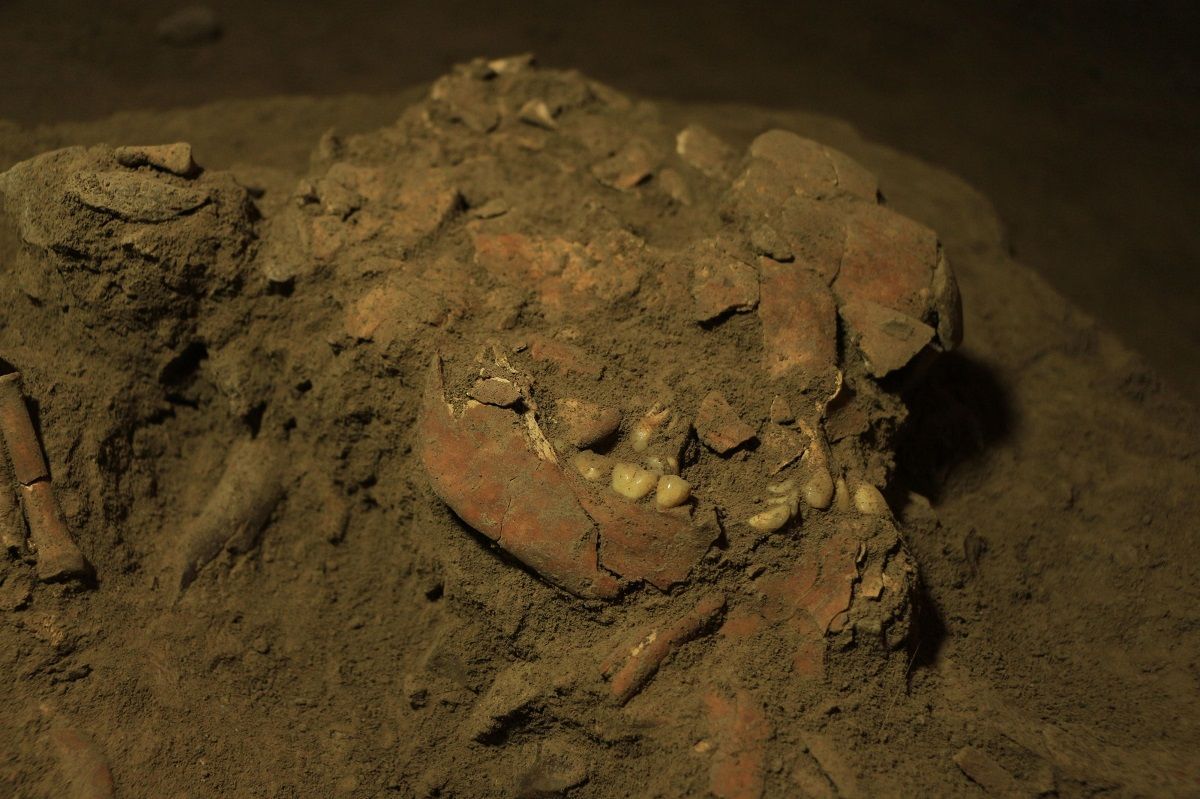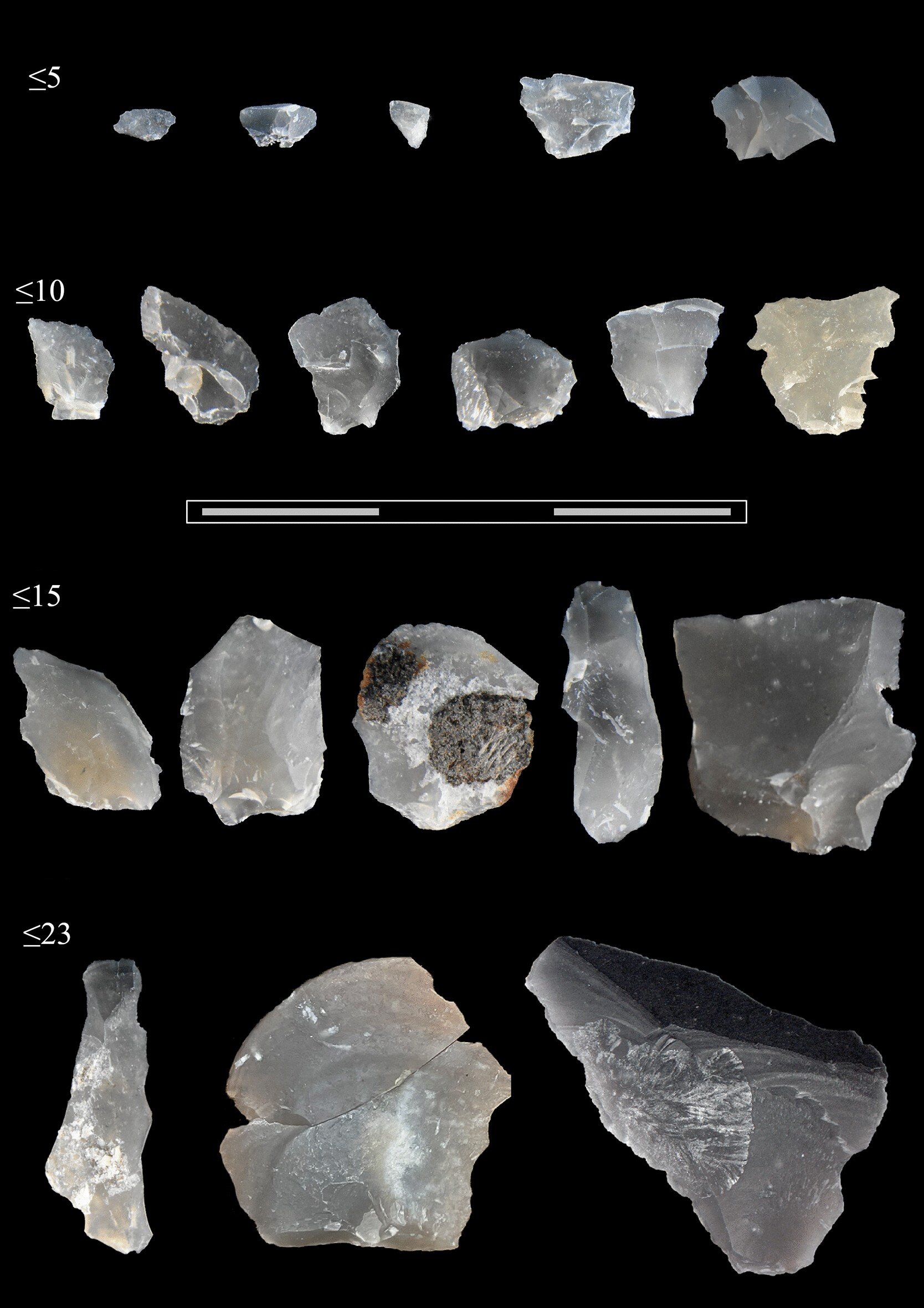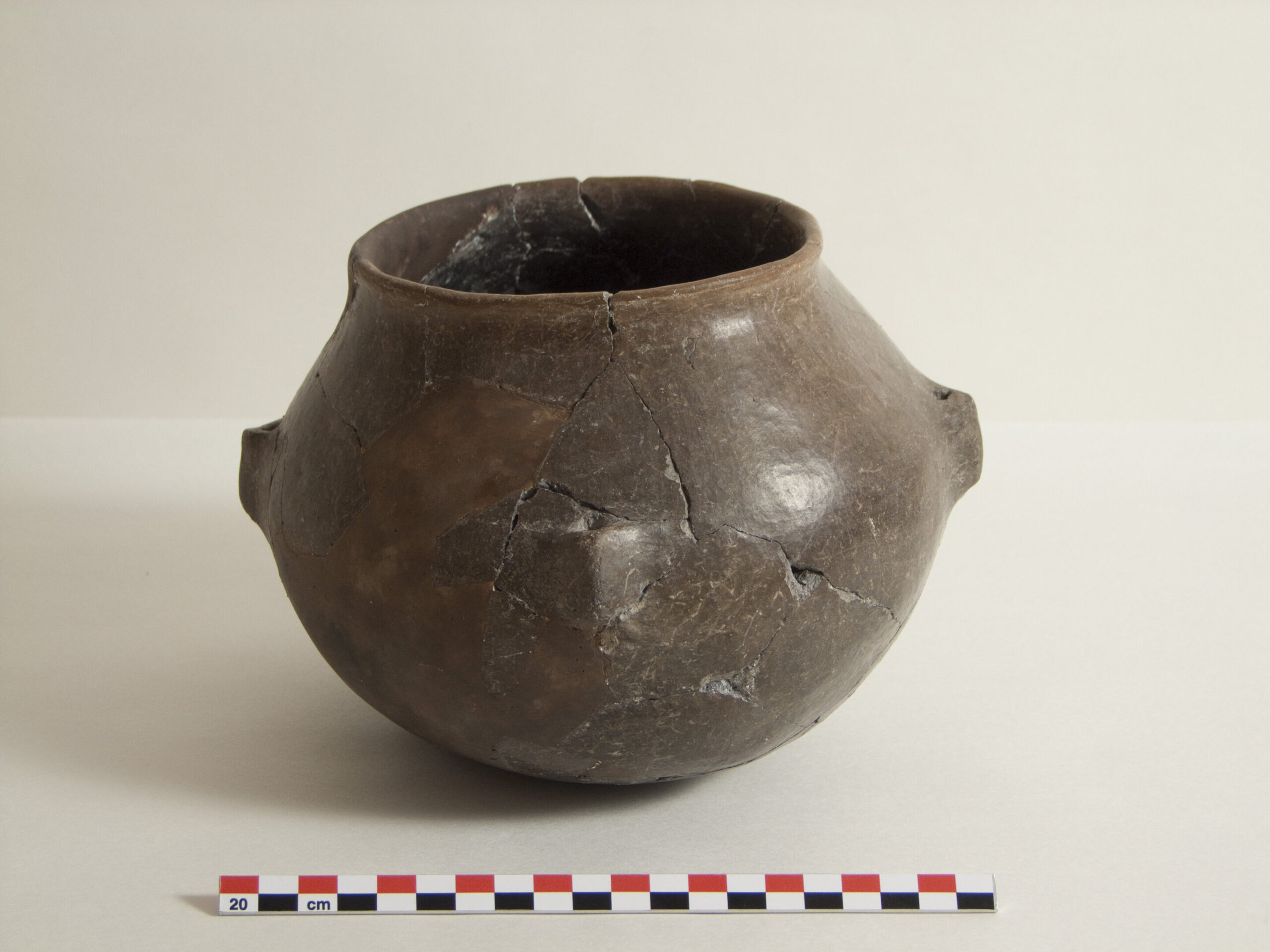7,200-Year-Old Skeleton in Sulawesi Reveals New Human Lineage in Southeast Asia
Archaeologists, during excavations in Leang Panninge cave on the island of Sulawesi, unearthed the remarkably well-preserved skeleton of a 7,200-year-old female hunter-gatherer. DNA analysis of this skeleton, nicknamed Besse, reveals a genetic makeup unlike any other early human remains ever found. The significance of this discovery lies in challenging long-held theories about human migration patterns … Read more









